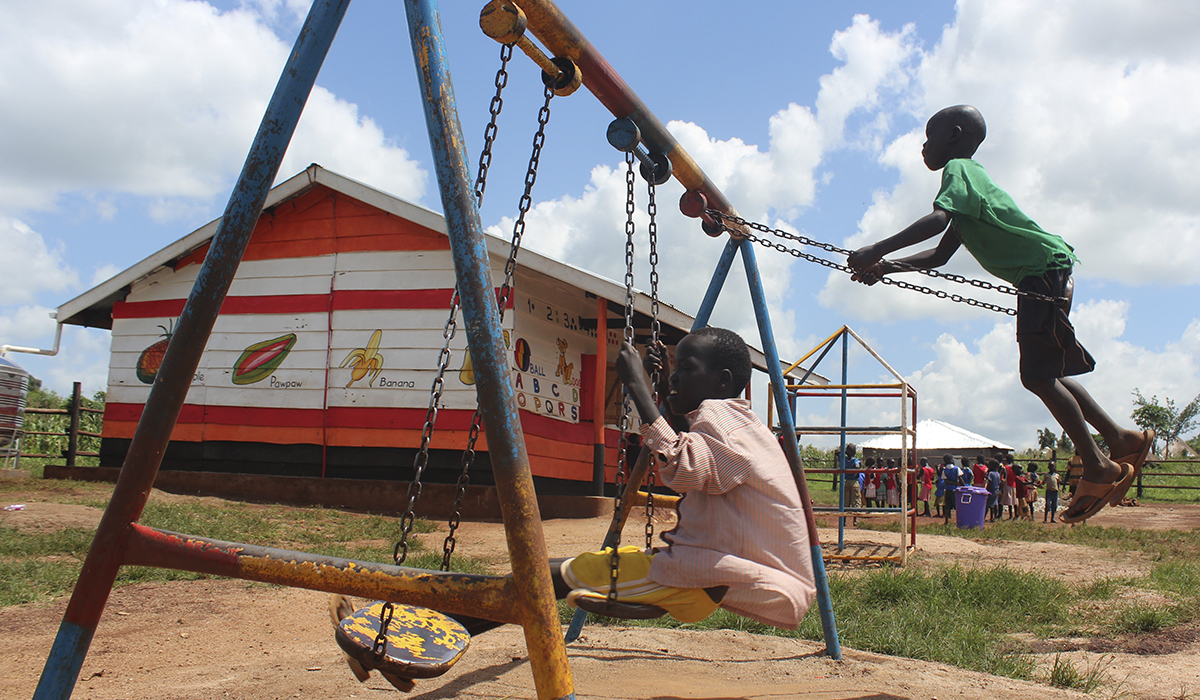Tool 3.1: Guiding Questions and Tips
Refining, Selecting and Prioritizing ECE Strategies and Developing Corresponding Activities

© GPE/Henry Bongyereirwe
Introduction
At this point in the process, you (or the ECE TWG) have concluded the Education Sector Analysis and identified the key underlying challenges of your ECE subsector. You may even already have conducted an initial brainstorming of strategies to address those challenges.
This tool offers practical guiding questions and tips to help refine, select and prioritize ECE strategies, and formulate corresponding activities. The ECE strategies and activities will then be incorporated into the Education Sector Plan (ESP) narrative and the Operational Plan.
Objectives
Using this tool will support the ECE Technical Working Group (ECE TWG) stakeholders to:
Refine, select and prioritize robust ECE strategies that address the underlying challenges of the ECE subsector (i.e., root causes of ECE problems/issues);
Develop activities to operationalize (or implement) the ECE strategies.
When to Use this Tool
This tool may be used:
- During the ESP development phase (programme design phase), prioritizing and/or revising ECE strategies to be included in the ESP and activities to be included in the ESP’s operational plan (either multi-year or annual);
- In the context of a diagnostic/analytic exercise using Tool 2.2: Pre-primary Subsector Analysis Tool, as a supplement and enhance Activity 8 of the Suggested activities for the workshop.
This tool may also be used by individual institutions or country clusters/LEGs that manage and/or directly provide ECE services in countries affected by emergencies or conflicts to develop and prioritize ECE strategies and activities in emergency response proposals, joint response frameworks and/or Transitional Education Plans.
Beyond the context of developing the ESP, this tool may generally be used to support the development of strategies and activities for any ECE plan to strengthen the ECE systems (for example, for a funding/grant opportunity; for a subsector or sector-wide reform, etc.).
Key Information
Strategies indicate how the policy priorities/goals will be achieved. They provide the direction for achieving a policy priority/goal and are operationalized through a series of concrete activities organized in a logical manner and with realistic timelines.
As the IIEP-UNESCO and GPE’s Guidelines for Education Sector Plan Preparation and MOOC Module 4 highlight, it is important to ensure that there is an explicit causal chain starting with the problems/issues and the understanding of the underlying challenges, and leading to the determination of possible actions to be undertaken (i.e., the strategies and activities). MOOC Module 4 (pages 5-8) provides guidance on and examples of the logical framework approach (which includes problem and objective trees, and the logical framework matrix/logframe) to help with the process of creating this causal chain.
ECE problems/issues
Underlying challenges (root causes)
Strategies and activities
For the purposes of this tool, we assume that this causal chain has been created and that initial strategies have been generated – either through the logical framework approach or the diagnostic/analytic workshop process using the tool “2.2 Pre-primary Subsector Analysis Tool” (in Section 2). Typically, this process encourages the development of many strategies – i.e., ECE stakeholders are brainstorming as many solutions as possible to address the underlying challenges. However, the ESP cannot accommodate all strategies, particularly due to feasibility, measurement and financial viability factors. Furthermore, strategies are flexible, and as such can and should be revised throughout their development and implementation as contexts change.
For these reasons, this tool will help you with the strategy development process by supporting the refinement, selection and prioritization of ECE strategies that will be featured in the ESP. Further, it will help you break these strategies down into activities for inclusion in the operational plan (either multi-year or annual).
Like other aspects of this process, the development, refinement, selection and prioritization of strategies is an iterative process. You will need to engage in multiple rounds of consensus-building discussions and reflections. The guiding questions, tips and template in this tool can support and guide this iterative process.